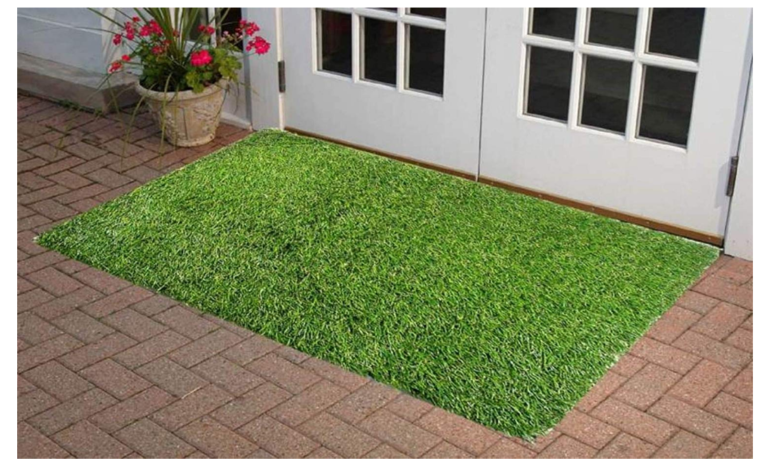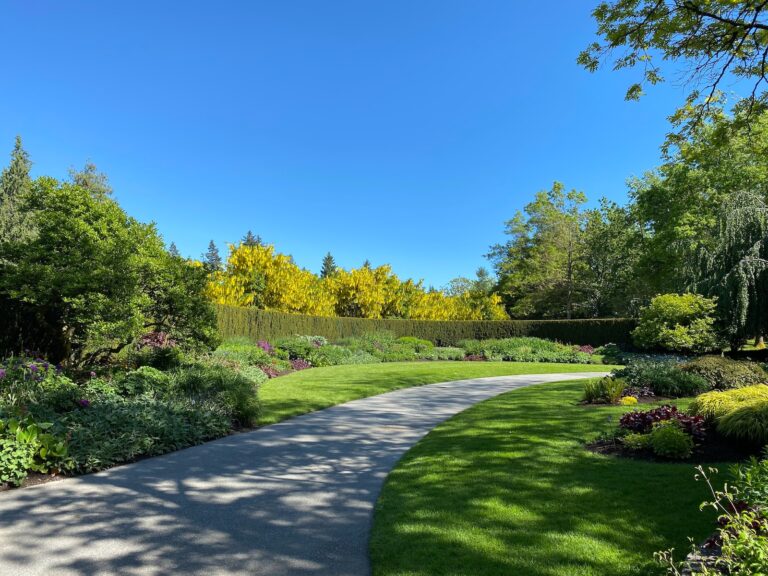The Best Fertilizers and Weed Killers for Your Lawn

Welcome to our latest blog post where we’ll be diving into the world of lawn care! A lush and green yard is the envy of every homeowner, but achieving that picture-perfect landscape can be a daunting task. Whether it’s battling stubborn weeds or nourishing your grass, finding the right fertilizers and weed killers can make all the difference.
With so many products out there, how do you know which ones to choose? Worry not – in today’s guide, we’ve done the heavy lifting for you. We’ve researched and tested some of the best fertilizers and weed killers on the market to help you achieve a healthy-looking lawn that will make your neighbors green with envy (pun intended). So sit back, grab a cuppa, and let’s get started!
Introduction to Lawn Fertilizers and Weed Killers
Lawns are a key part of many home landscapes, providing a green space for recreation, relaxation, and aesthetic appeal. A healthy lawn requires regular care, including fertilization and weed control.
Fertilizers provide essential nutrients that help grasses grow strong and resist disease. Weed killers help control unwanted plants that compete with grasses for water and nutrients.
The type of fertilizer and weed killer you use will depend on the type of grass you have, the climate you live in, and the time of year. Be sure to read the labels carefully and follow the directions to avoid damaging your lawn.
Types of Fertilizer and Weed Killer
The best way to keep your lawn looking its best is to use the right fertilizer and weed killer. But with all of the products on the market, it can be hard to know which one is right for your lawn.
Here are some tips to help you choose the best fertilizer and weed killer for your lawn.
There are two main types of fertilizer: slow-release and quick-release. Slow-release fertilizer is released over a period of time, so it’s great for giving your lawn a long-lasting boost. Quick-release fertilizer is released all at once, so it’s ideal for giving your lawn a quick pick-me-up.
When it comes to weed killers, there are two main types: preemergent and postemergent. Preemergent weed killers prevent weeds from germinating, so they’re great for preventing weeds before they start. Postemergent weed killers kill existing weeds, so they’re perfect for getting rid of pesky weeds that have already sprouted up.
Benefits of Using Fertilizers and Weed Killer

If you want a healthy, green lawn that is the envy of the neighborhood, then you need to use fertilizers and weed killers. Fertilizers provide nutrients that your grass needs to grow thick and lush, while weed killers help to get rid of pesky weeds that can choke out your grass.
There are many different types of fertilizers and weed killers on the market, so it is important to choose the right ones for your lawn. You will also need to apply them at the right time of year and in the proper amounts.
If you follow these guidelines, you will be well on your way to having a beautiful lawn that will be the talk of the town.
How To Choose the Right Products for Your Lawn
If you want a beautiful, healthy lawn, you need to choose the right products.
Here are some tips on how to select the best fertilizers and weed killers for your lawn:
1] Know your lawn’s needs. Take into account the type of grass, the climate, and the amount of sunlight and shade it gets. This will help you determine which nutrients your lawn needs.
2] Read the labels carefully. Be sure to choose products that are safe for children and pets and that will not harm your lawn.
3] Follow the directions. Be sure to apply the products according to the manufacturer’s instructions. Otherwise, you may end up damaging your lawn or wasting money on products that don’t work properly.
4] Try natural alternatives. If you’re concerned about using chemicals on your lawn, there are many natural alternatives available. These can be just as effective as chemical products but are much safer for people and the environment.
DIY Recipes for Eco-Friendly Fertilizers and Weed Killers

Homemade lawn fertilizer recipes are simple and inexpensive to make. They are also eco-friendly and will not harm the environment.
-1 part compost
-1 part manure
-1 part green sand
-1 part limestone dust
Weed killers can also be made at home with common household ingredients. Vinegar, salt, and soap are all effective at killing weeds. Be sure to use these natural weed killers sparingly, as they can also harm your lawn if used too frequently.
How to Apply Fertilizers and Weed Killers
The best way to ensure your lawn is healthy and weed-free is to regularly fertilize it and apply weed killers.
Here are some tips on how to do so:
Fertilizing:
1] Apply fertilizer to your lawn when the grass is dry. This will prevent the fertilizer from being washed away by rain or irrigation.
2] Use a spreader to evenly distribute the fertilizer over the lawn. Be sure not to apply too much, as this can burn the grass.
3] Water the fertilizer into the soil so that it can be absorbed by the roots of the grass.
Weed Killing:
1] Apply weed killer when the weeds are actively growing. This will ensure that it is effective in killing them.
2] Use a glyphosate-based weed killer for best results. Be sure to read and follow all directions on the label before use.
3] Apply the weed killer to the leaves of the weeds, making sure to thoroughly wet them. Do not get any on desirable plants, as it will kill them as well.
Considerations When Using Fertilizer or Weed Killer on Your Lawn
When using any kind of fertilizer or weed killer on your lawn, it is important to be aware of a few key considerations. First, always make sure to read the instructions on the product label carefully and follow them to the letter. This will help you avoid any potential problems.
Second, keep in mind that these products can be harmful to children and pets if they are not used properly. Always keep them out of reach of children and pets, and be careful not to let them come into contact with any bare skin.
Remember that over-fertilizing or over-using weed killers can actually damage your lawn. Use them sparingly and only as needed to maintain a healthy lawn.
What are the Different Types of Fertilizers and Weed Killers?
Different types of fertilizer contain different nutrients that your lawn needs in order to be healthy. The three main nutrients that all fertilizers contain are nitrogen, phosphorus, and potassium. Nitrogen helps your grass grow green and thick, phosphorus helps your lawn develop strong roots, and potassium helps your grass withstand stress and disease.
There are many different types of weed killers on the market today. Some work by killing the weeds that they come in contact with while others work by preventing weed seeds from germinating. still others work by both killing existing weeds and preventing new ones from growing.
How to Choose the Right Fertilizer for Your Lawn
When it comes to keeping your lawn looking its best, the right fertilizer can make all the difference. But with so many products on the market, how do you choose the right one for your needs?
Here are a few things to keep in mind when shopping for fertilizer:
–The type of grass you have: Different types of grasses require different nutrients, so be sure to choose a fertilizer that’s specifically designed for the type of grass you have.
–The time of year: The needs of your lawn change with the seasons, so you’ll want to adjust your fertilizer accordingly. For example, most lawns need less nitrogen in the winter.
–Your local climate: Your local climate can impact how quickly your lawn absorbs nutrients, so be sure to choose a product that’s suited for your area.
–Application method: Some fertilizers come in granular form, while others are liquid concentrates. Choose the application method that’s best for you and your lawn.
Conclusion
We hope that this article has been helpful in understanding what makes a fertilizer and weed killer effective, and how to choose the right ones for your lawn. Knowing which products are best, combined with proper application techniques, can make all the difference when it comes to achieving a beautiful and healthy lawn.
Proper fertilization and weed control should always be part of your overall landscape maintenance plan if you want the best results from your investment in time and money.

James is a passionate writer and gardener with years of experience in home gardening. He is the author of several articles and blog posts on HomeGardenBlog.com, a platform where he shares his expertise and love for plants and gardening with the world.







